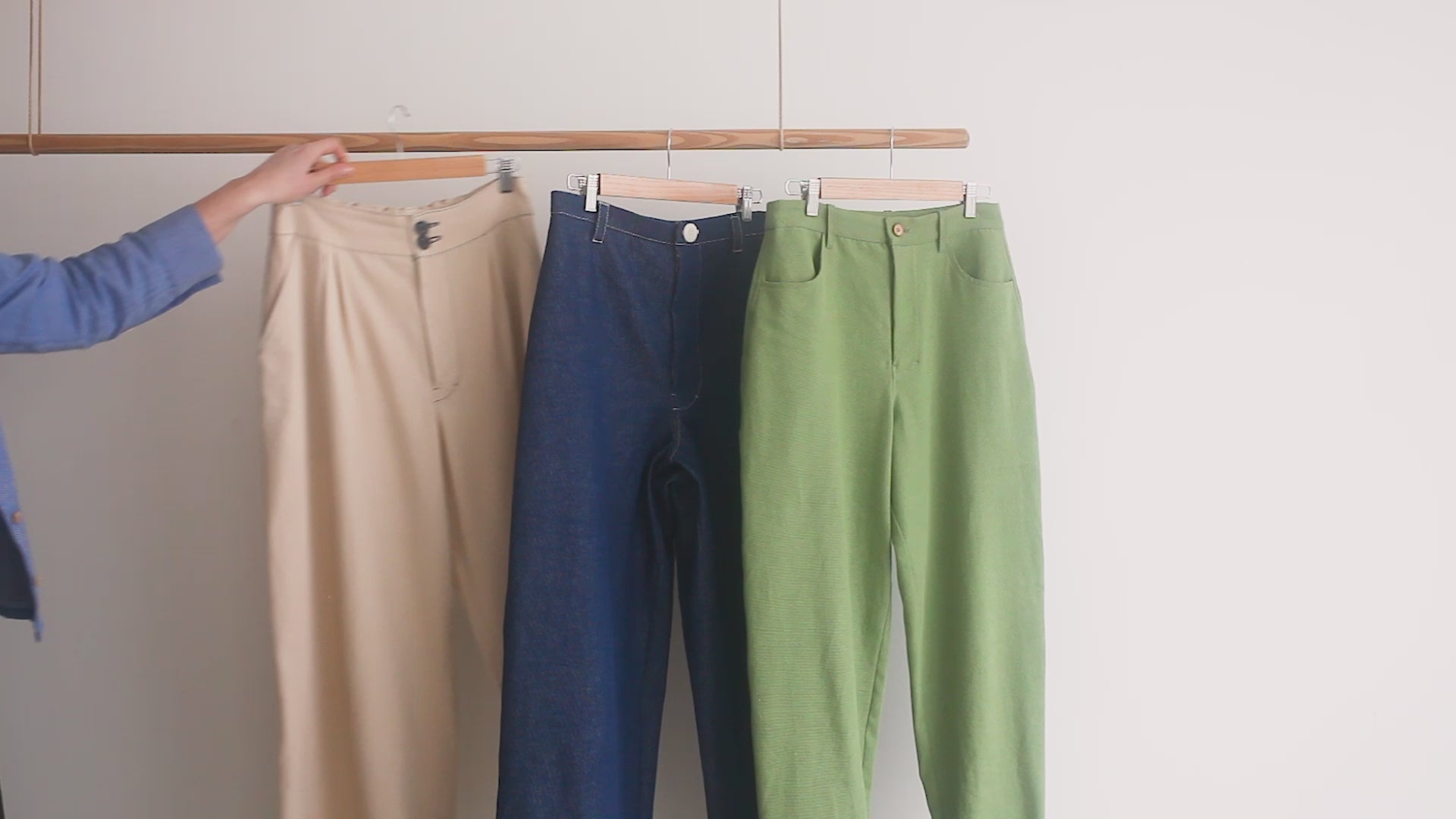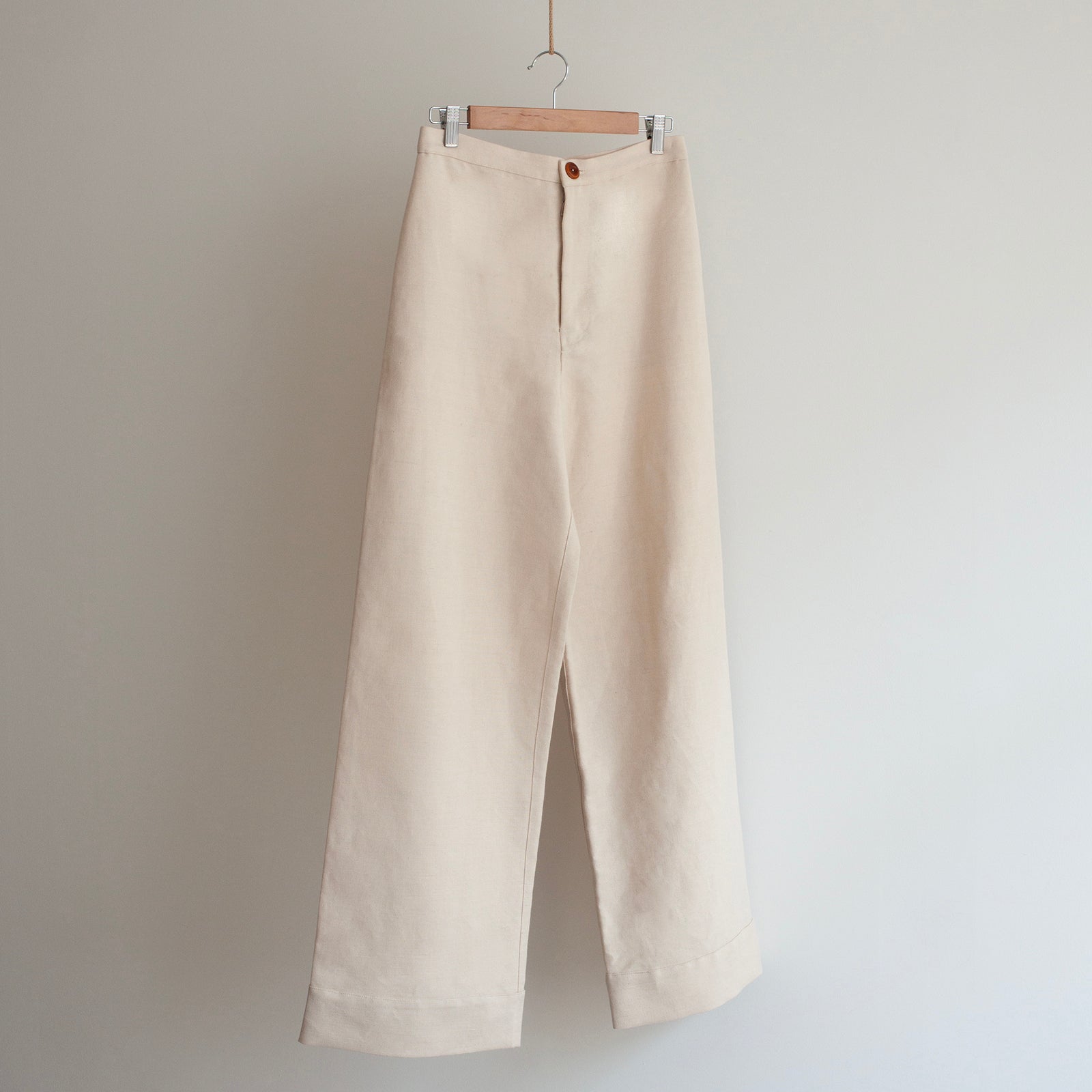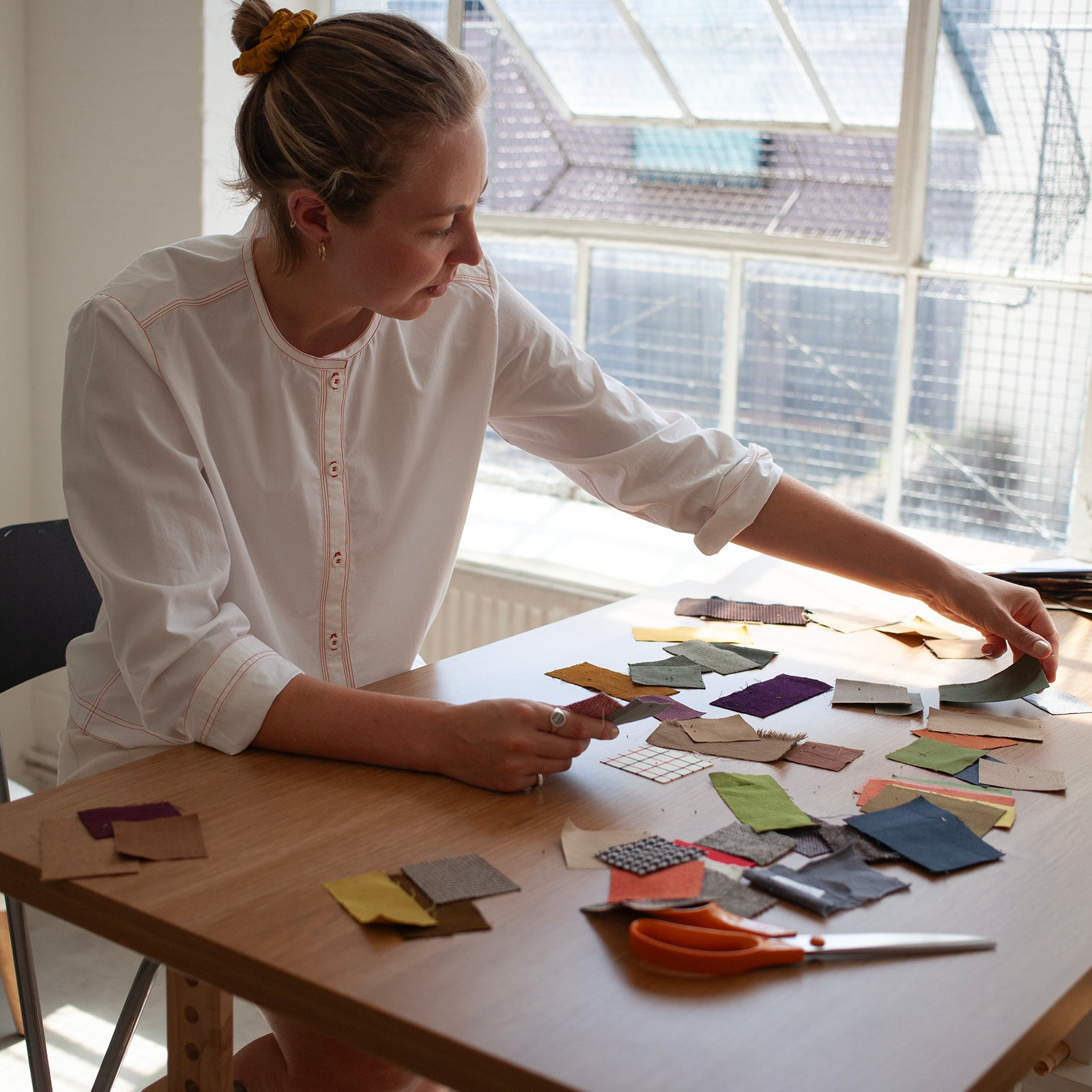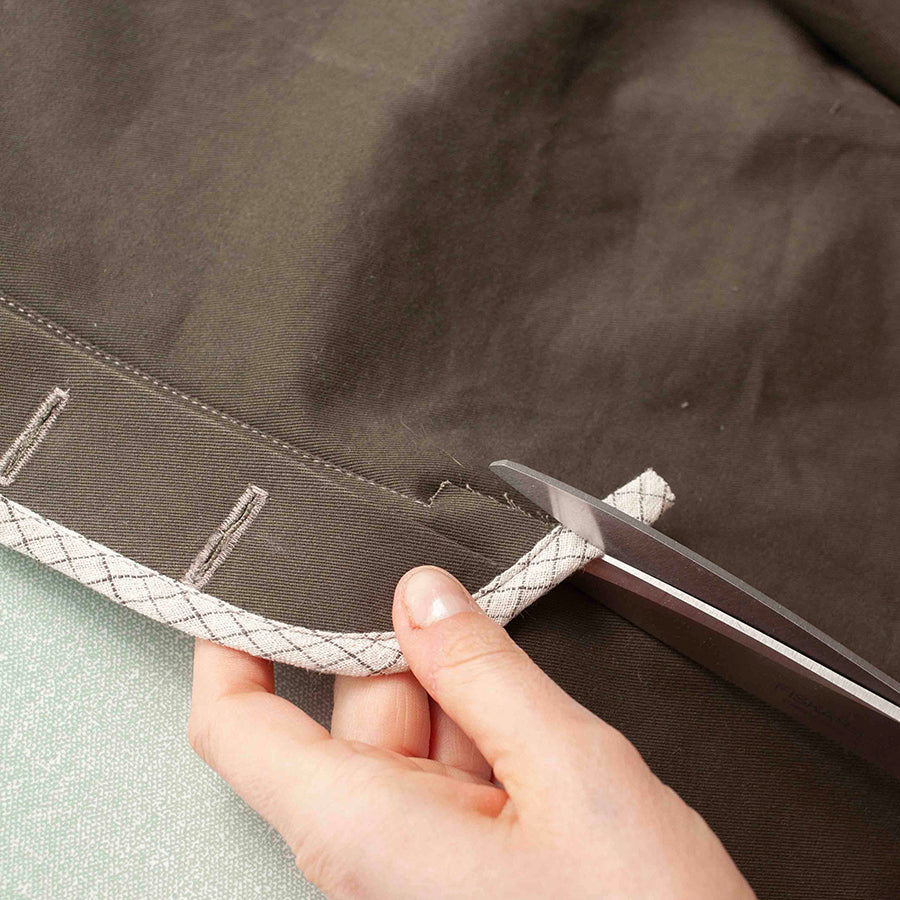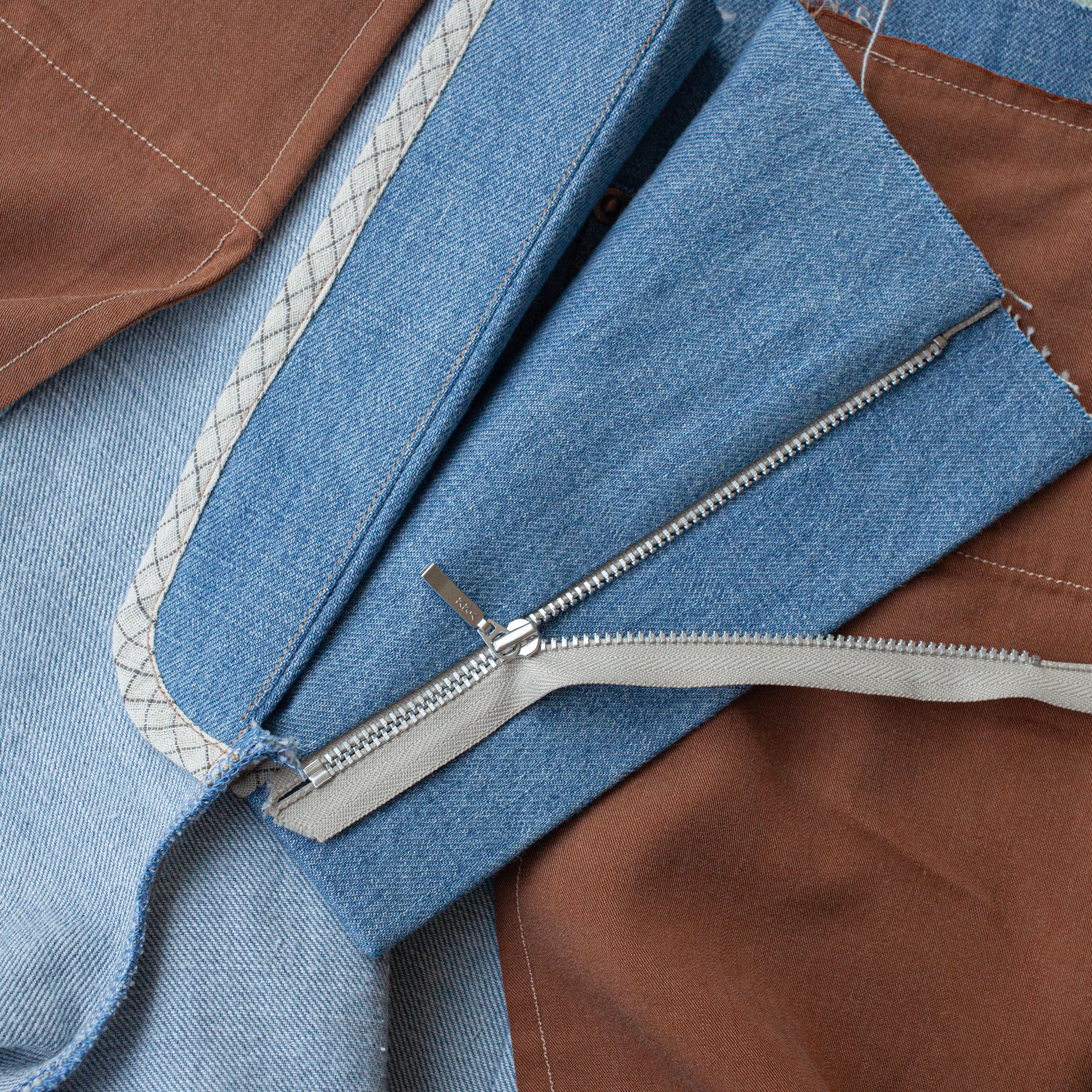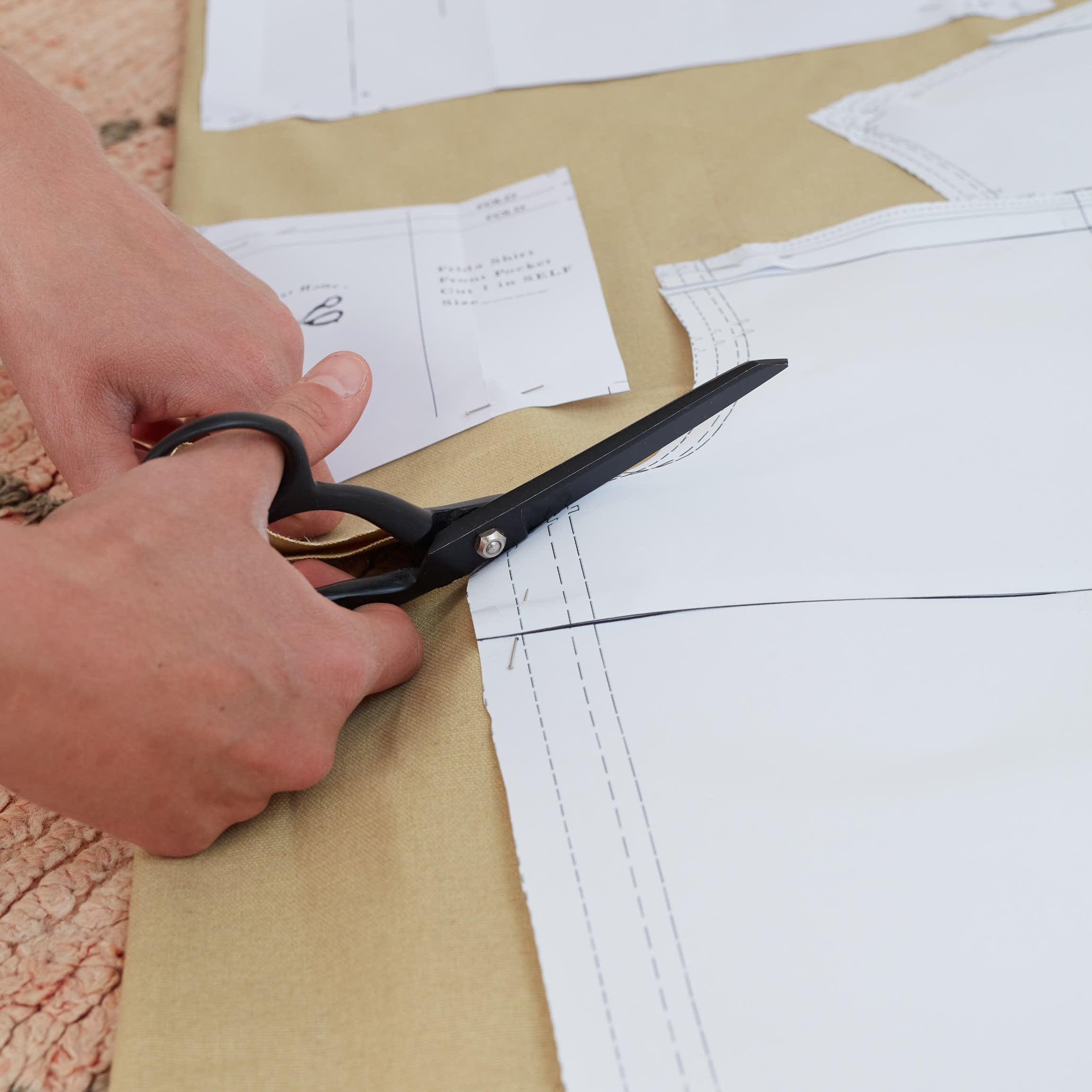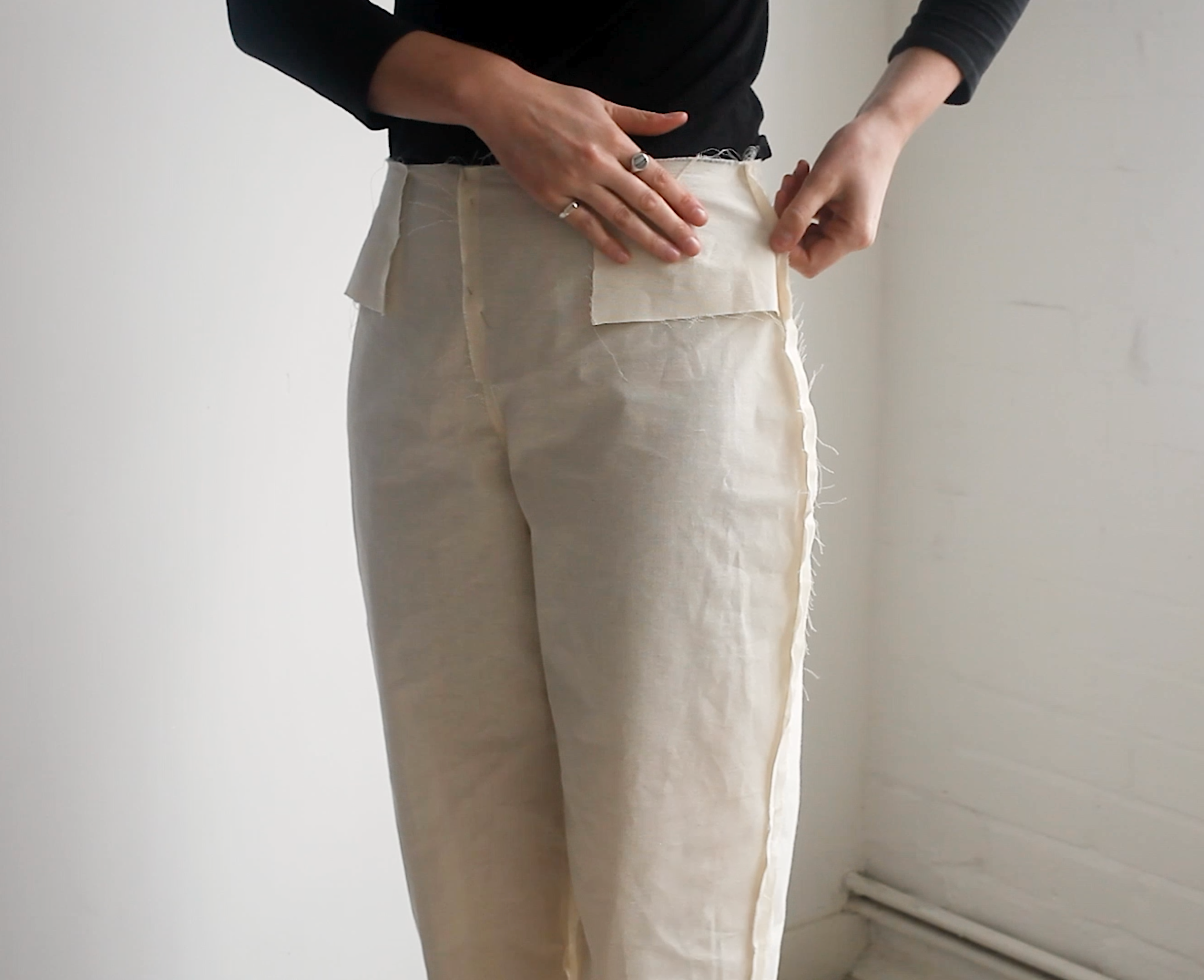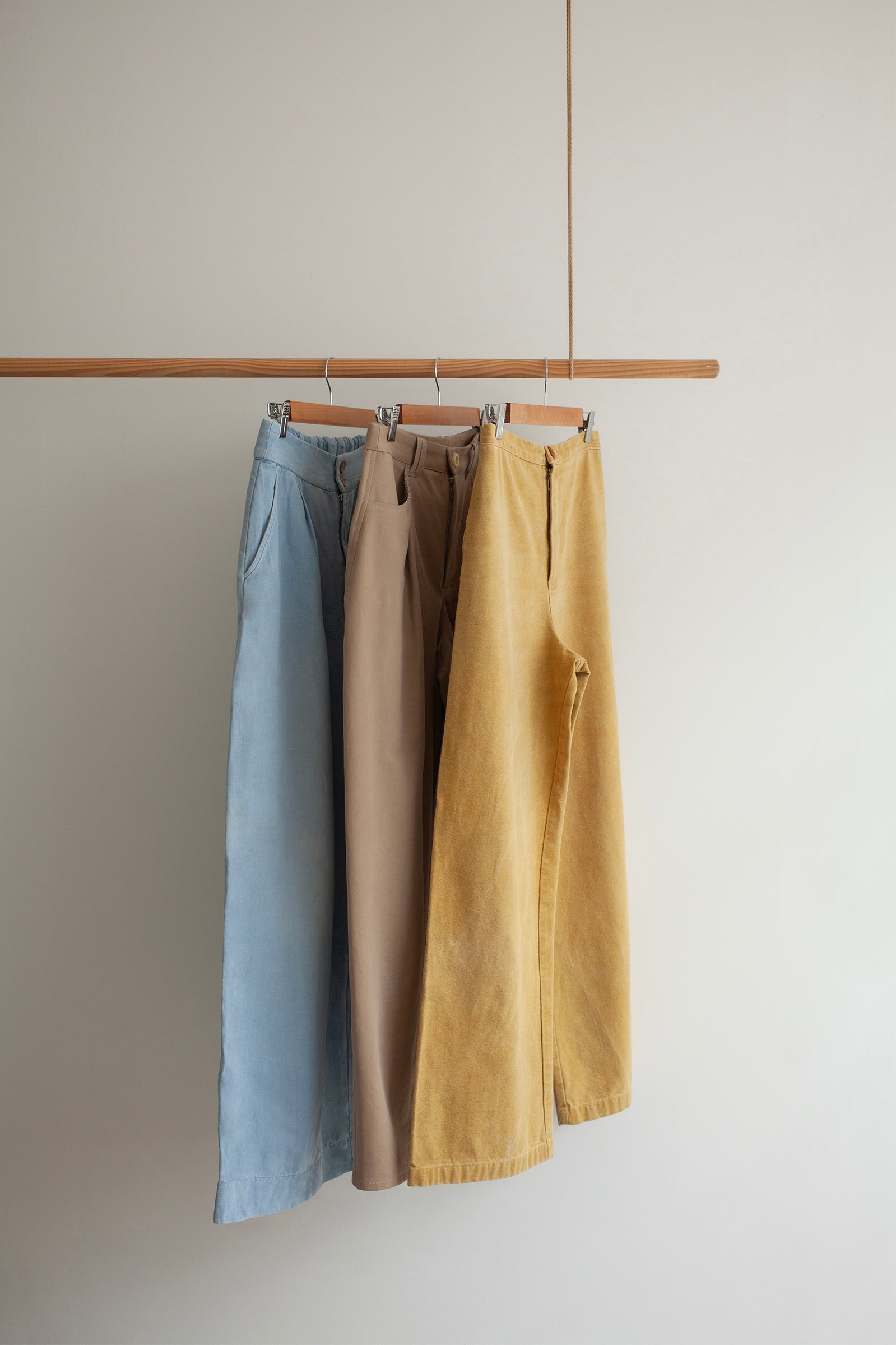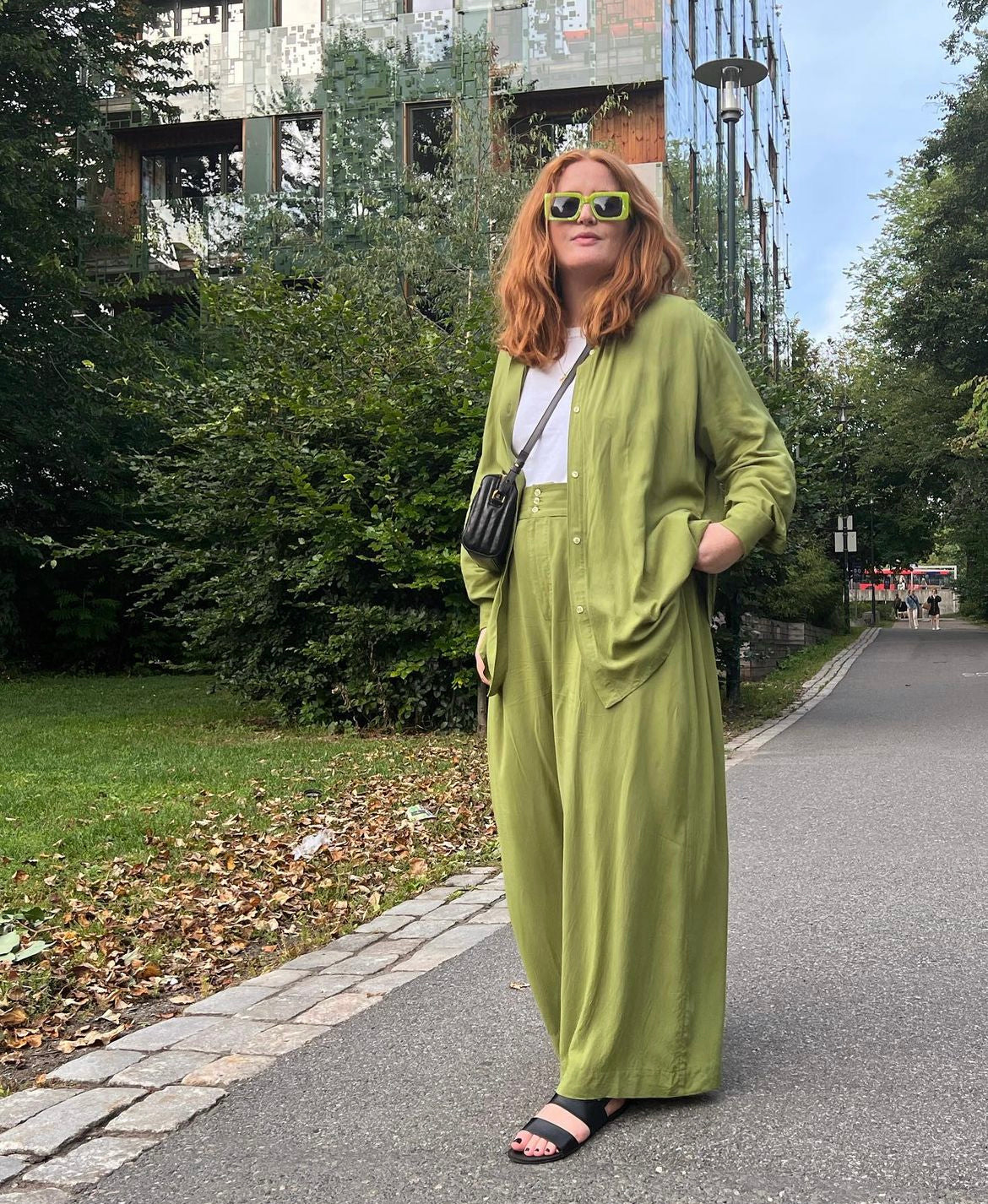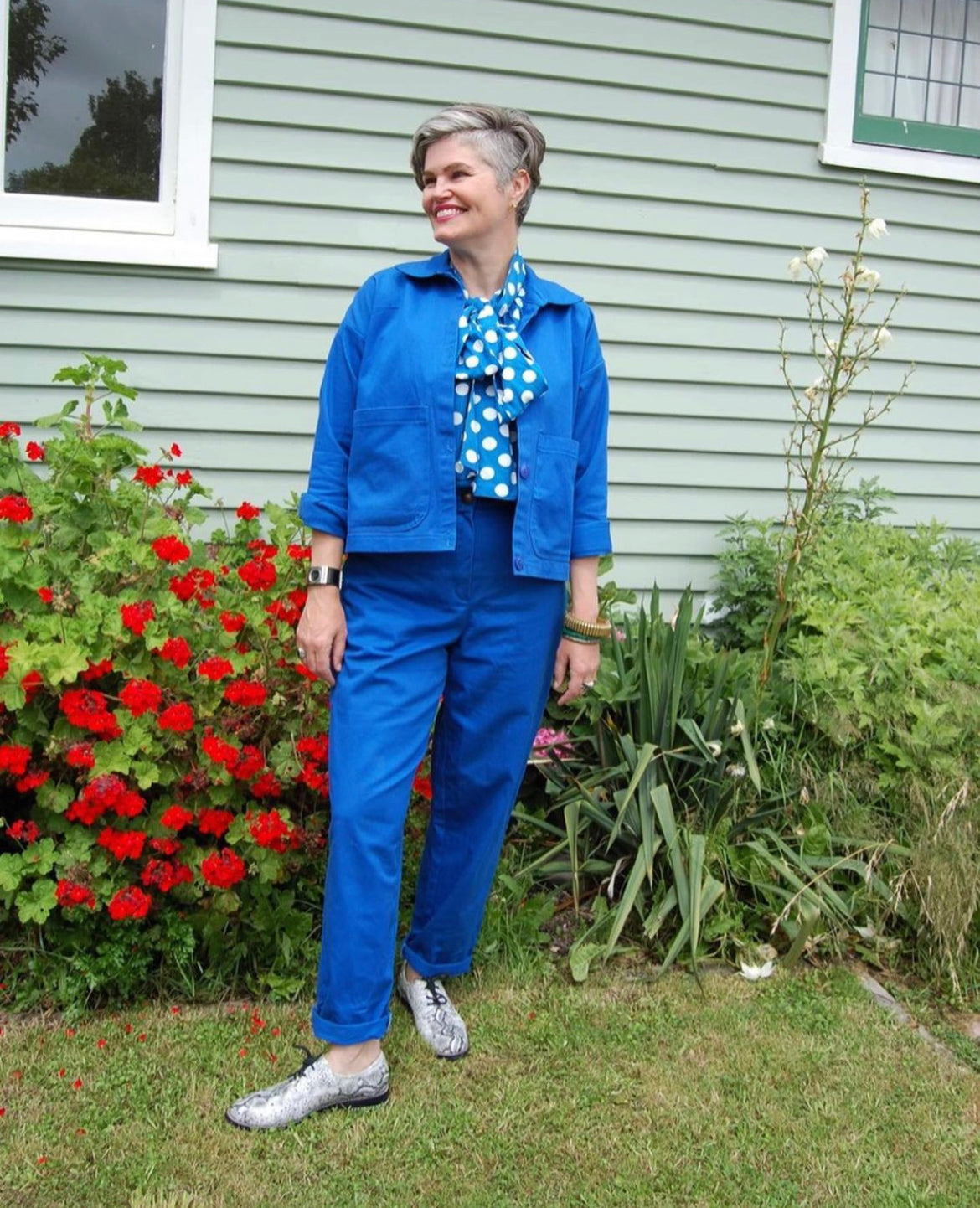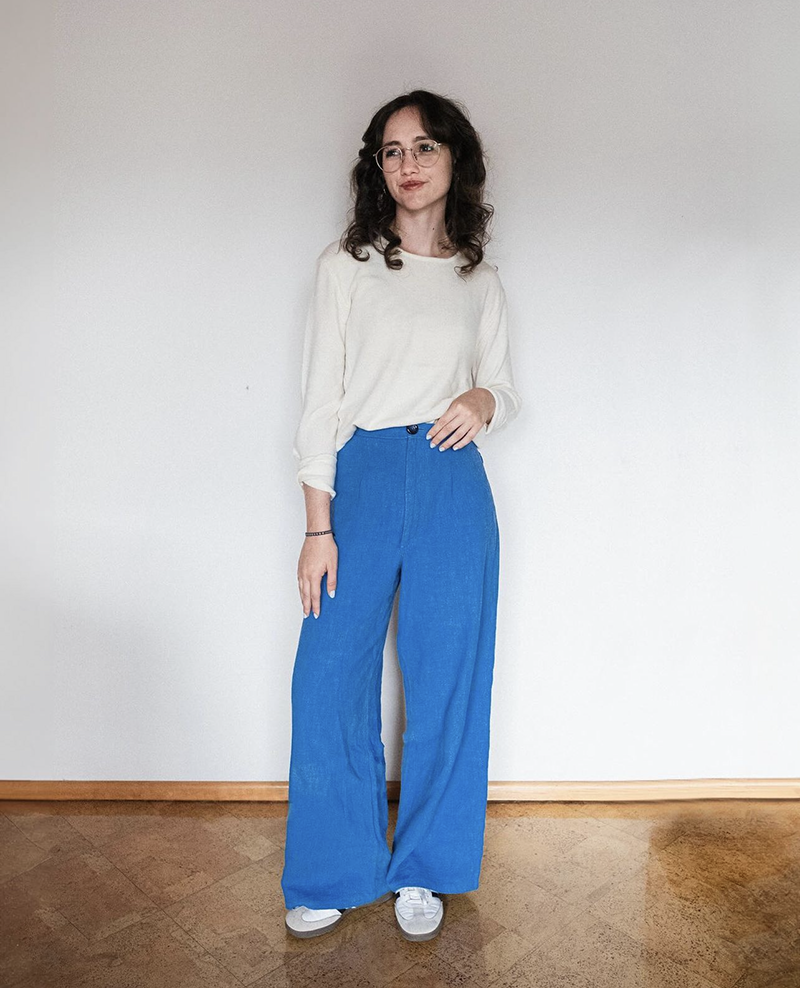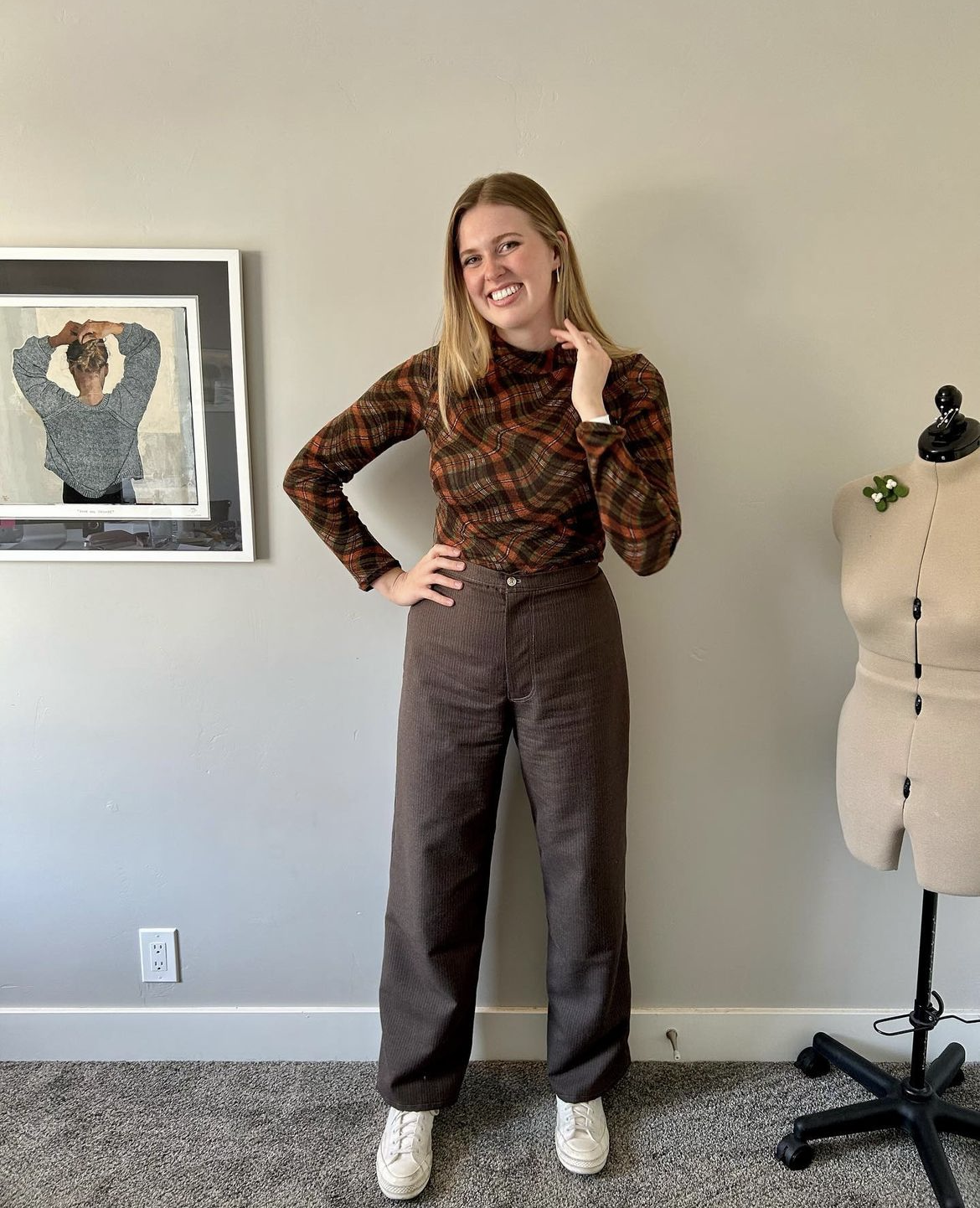Highlights:
What's Included:
What You'll Make:
Course structure
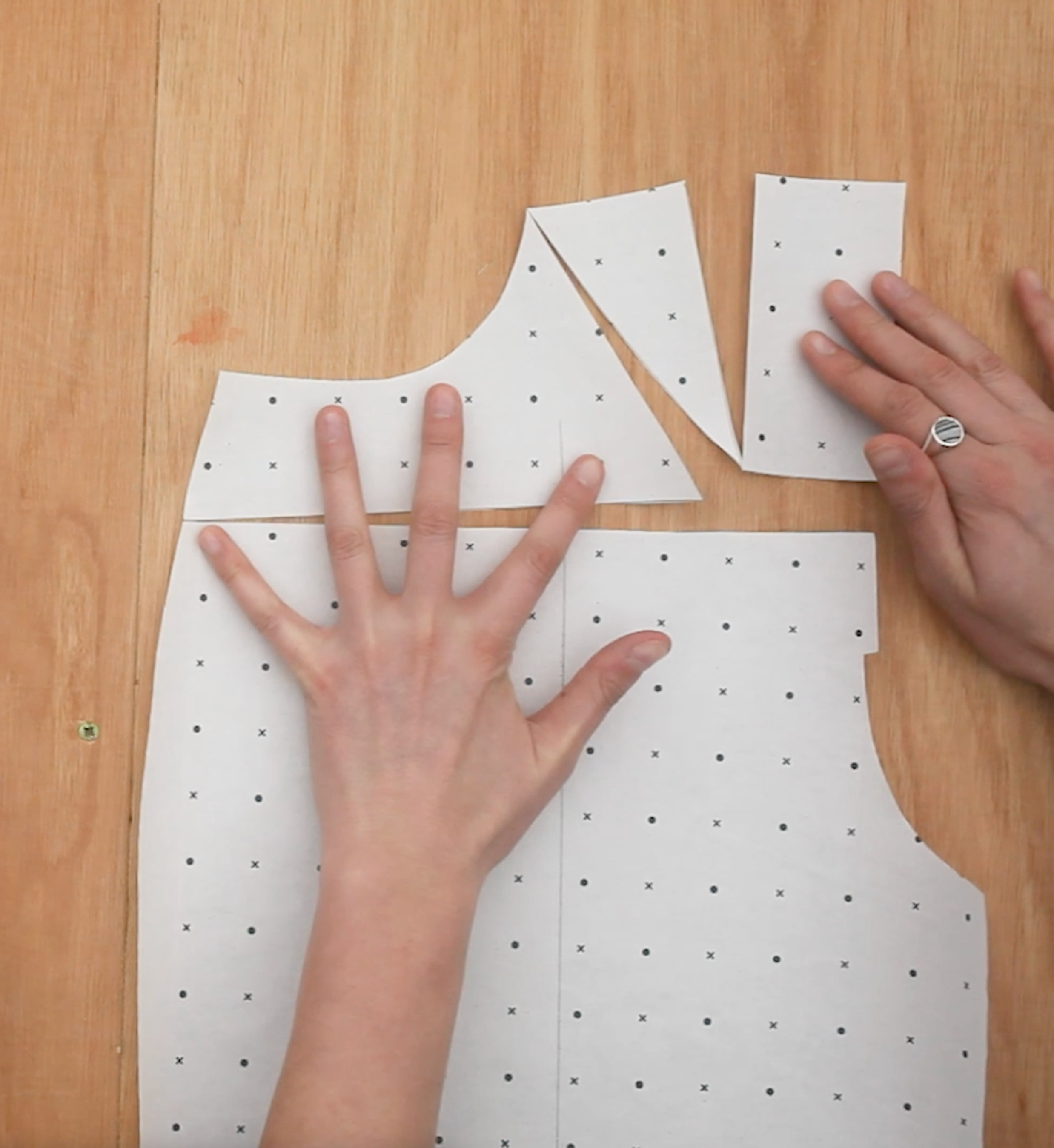
Get started
Fitting Your Trousers
To start your Art of Trouser making journey check out our comprehensive guide on how to fit trousers to your own body. This 13 part tutorial will teach you how to make pattern adjustments to achieve comfortable and flattering trousers.
This will start with:
- Choosing Your Size
- Grading Between Sizes
- Sewing Your Toile
- Fitting Your Toile
From there you can make optional pattern adjustments:
- Reduce or Lengthen the Rise
- Add or Remove Length to the Leg
- Shorten or Lengthen the Crotch
- Full Tummy Adjustment
- Full or Flat Seat Adjustment
- Swayback Adjustment
- Basic Leg Re-shaping
- Amending the Waistband
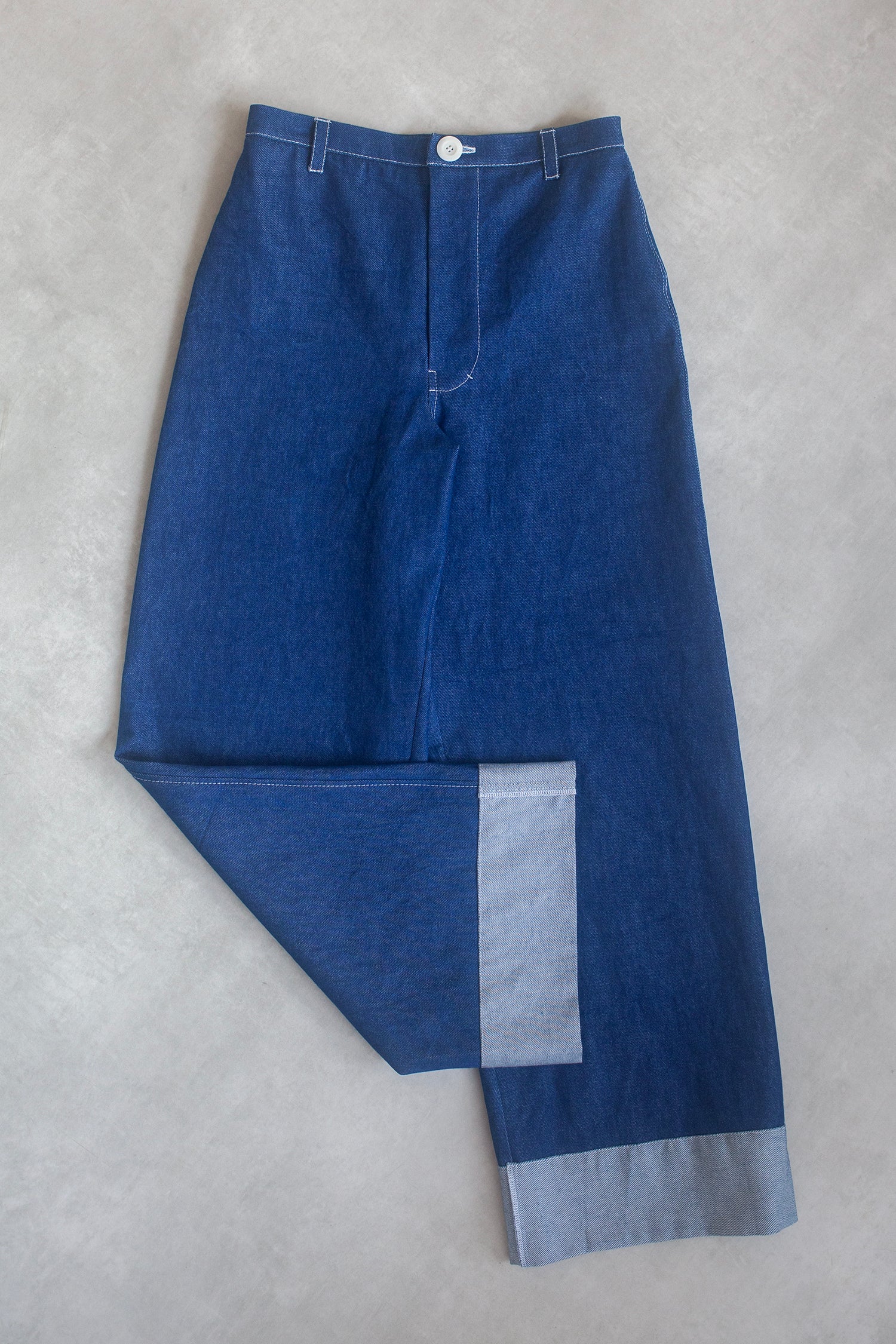
Project 1
Daphne Trousers
Starting your trouser making journey with the Daphne Trouser will give you the best possible start for making designer quality trousers that will last years of wear and tear.
This 1hr 15 minute video tutorial will teach you the fundamentals of sewing a high quality pair of trousers, giving a solid introduction to trouser making for any beginner or intermediate sewer. You will learn how to make a simple but beautiful pair of trousers with a zip fly and inside binding finishing, a one-piece waistband, back darts, patch pockets and professional seams.
Chapters:
- Back Darts
- Patch Pockets
- Closing the Side Seam
- Closing the Inside Leg
- Preparing the Fly Pieces
- Sewing the Zip Fly - Part 1
- Sewing the Zip Fly - Part 2
- Closing the Crotch
- Finishing the Fly
- The Waistband
- Hem/Ankle Cuff
- Button & Button Hole
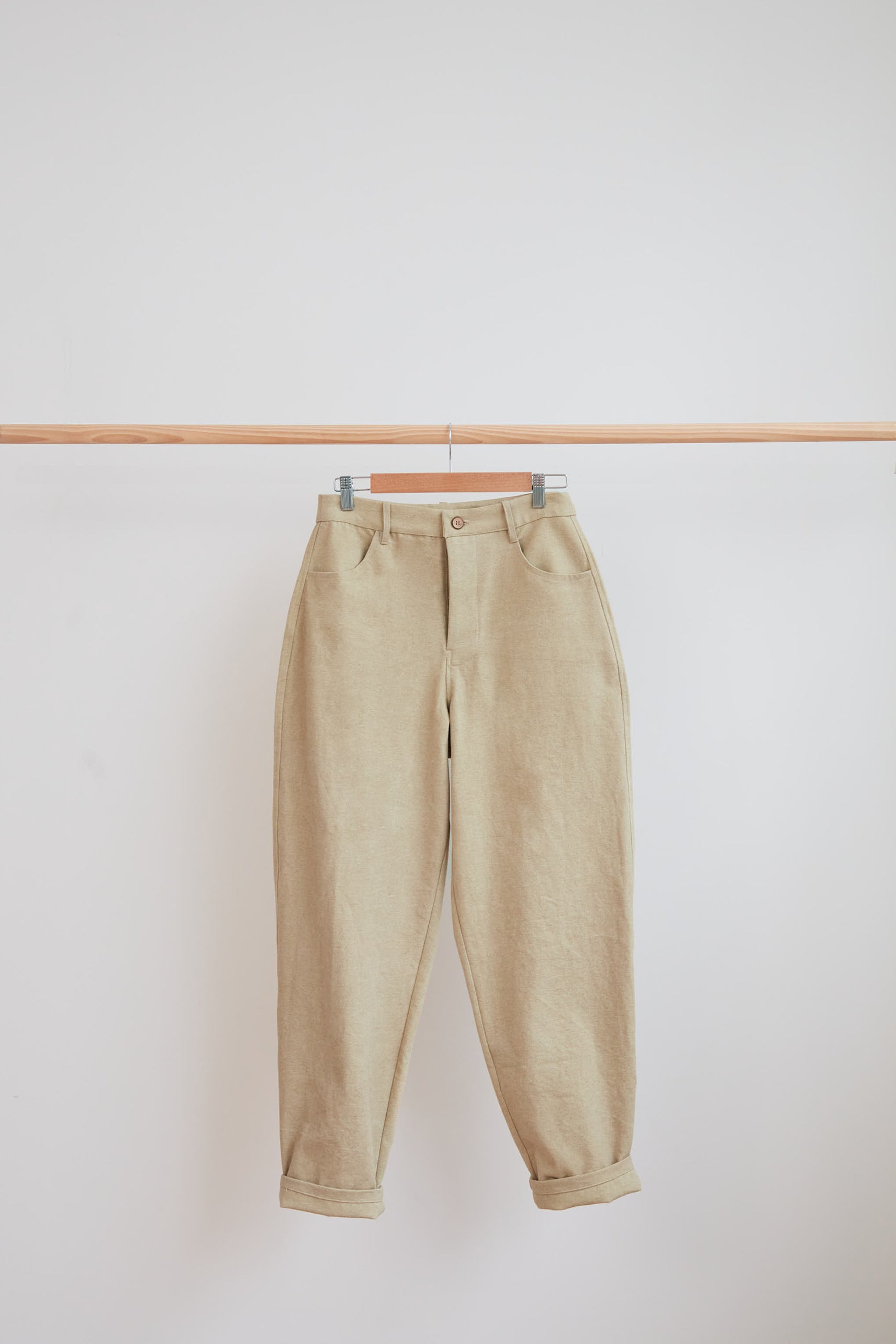
project 2
Worker Trousers
Moving on to the Worker Trousers, this 2hr 18 minute tutorial will teach you further trouser making skills such as front pockets, belt loops and a concealed button fly with binding finishing.
You’ll build on the skills you’ve already learnt to give you a well rounded set of trouser techniques. These skills will be transferable to any garment you sew, in particular all future pairs of trousers.
Chapters:
- Back Pockets
- Front Pockets
- Side Seams
- The Fly - Concealed Button Stand with Binding Finishing
- Waistband
- Button Holes & Buttons
- Hemming
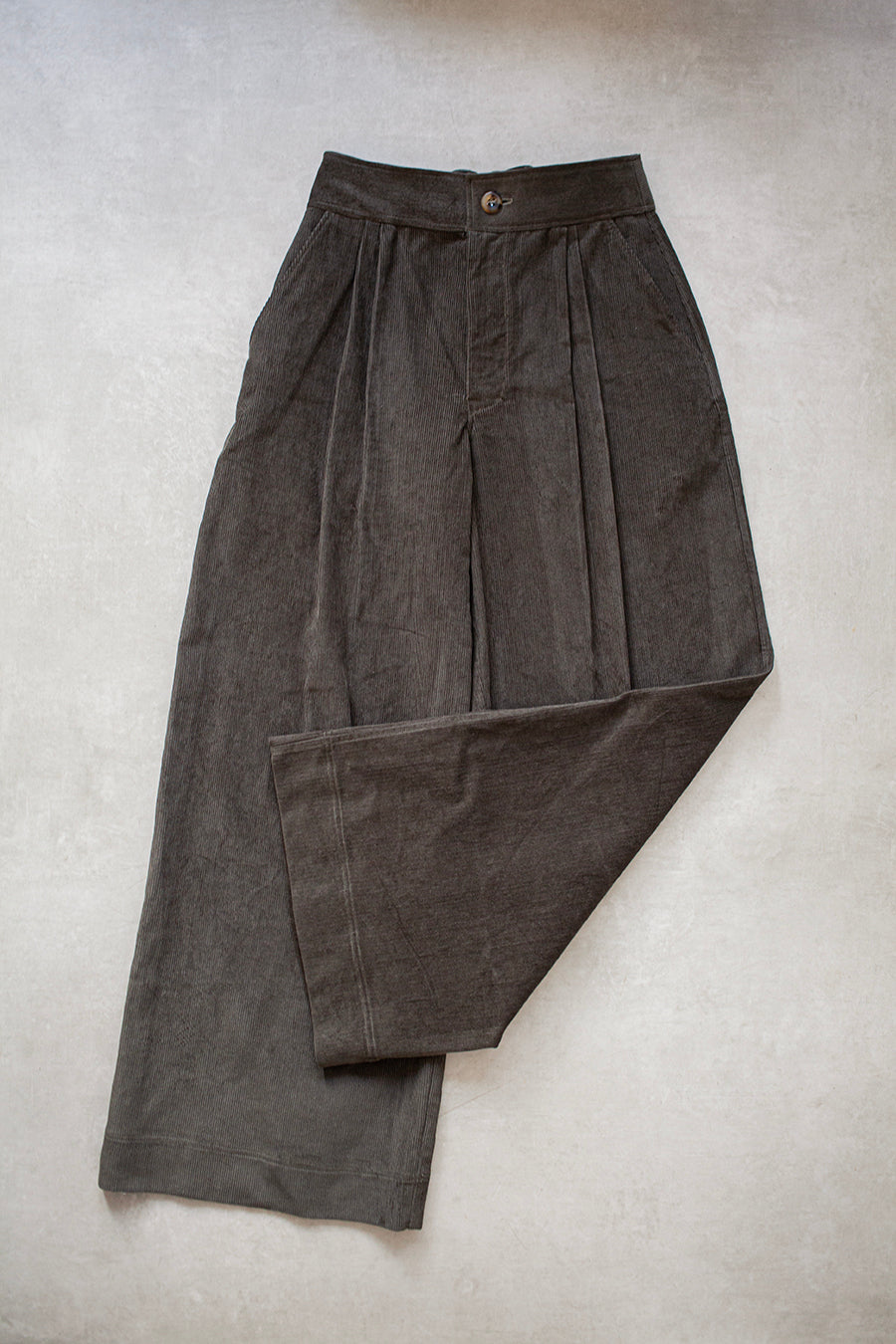
Project 3
Spring Trousers
Lastly you’ll use all of the skills you’ve learnt to sew your Spring Trousers. These trousers incorporate lots of the same techniques as the Daphne Trousers and Worker Trousers, but have the added benefit of a semi-elasticated waistband for extra comfort.
You’ll follow the written PDF instructions for this piece, referring to the other videos for specific construction techniques if needed.




























